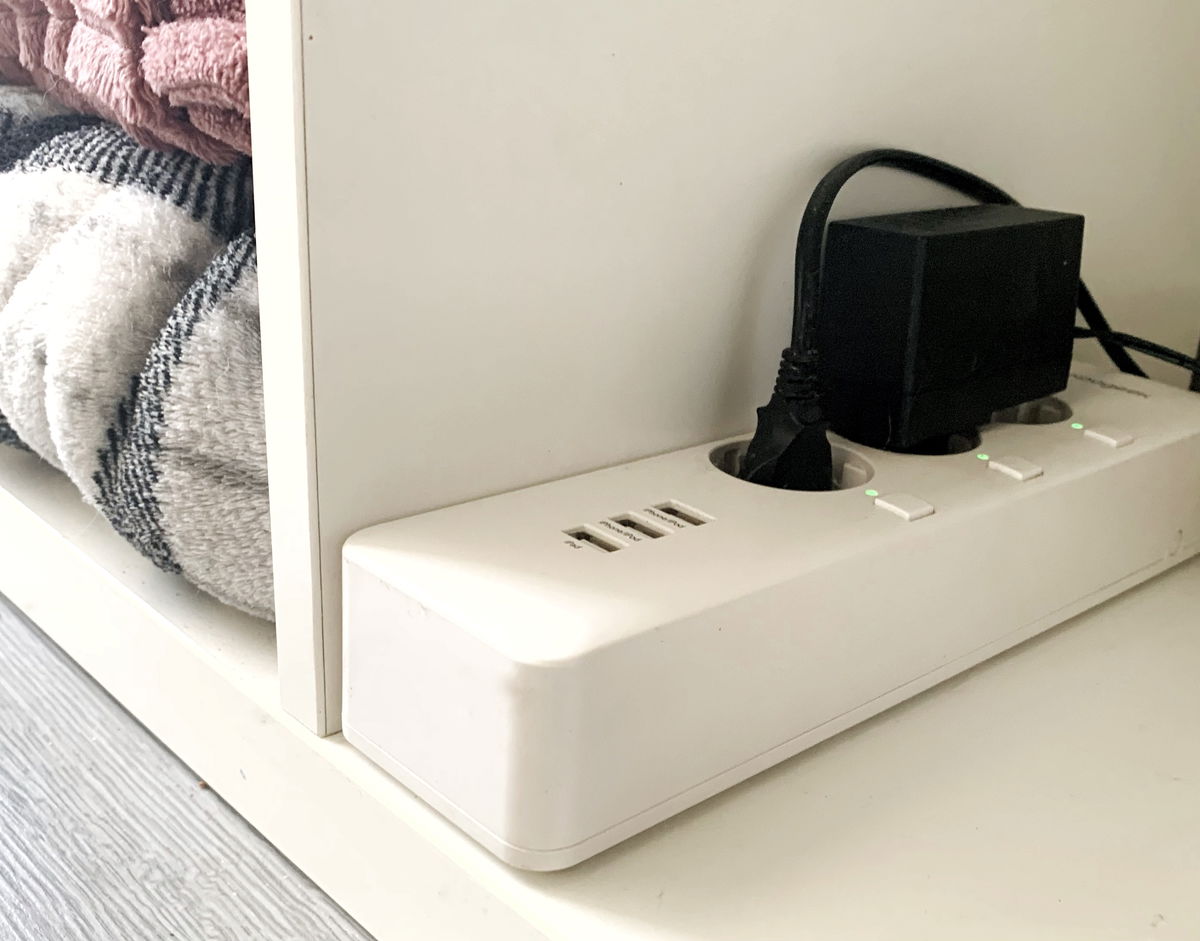Originally designed by Satoshi Nakamoto as a means of everyday payment, Bitcoin has become “primarily a speculative asset.” Its deflationary nature and limited supply undermine its role as a medium of exchange by encouraging saving, not spending.
The article highlights an important issue: While Bitcoin’s value as an investment has increased, its practical use in transactions remains “limited.” Traditional money serves as both a medium of exchange and a store of value, but Bitcoin’s design favors the latter.
To solve these problems, the paper proposes to create a new type of cryptocurrency that would retain the advantages of blockchain technology while eliminating speculative potential. This “anti-Bitcoin” would focus on facilitating transactions and preventing hoarding. The author draws parallels with historical attempts to create alternative currencies, such as the Wörgl experiment in the 1930s, which successfully stimulated local economic activity before being stopped by regulatory interventions.
The challenge is to develop a blockchain-based currency that prioritizes economic circulation over accumulation, a goal that requires collaboration between technologists and economists.
Source: Ferra
I am a professional journalist and content creator with extensive experience writing for news websites. I currently work as an author at Gadget Onus, where I specialize in covering hot news topics. My written pieces have been published on some of the biggest media outlets around the world, including The Guardian and BBC News.










